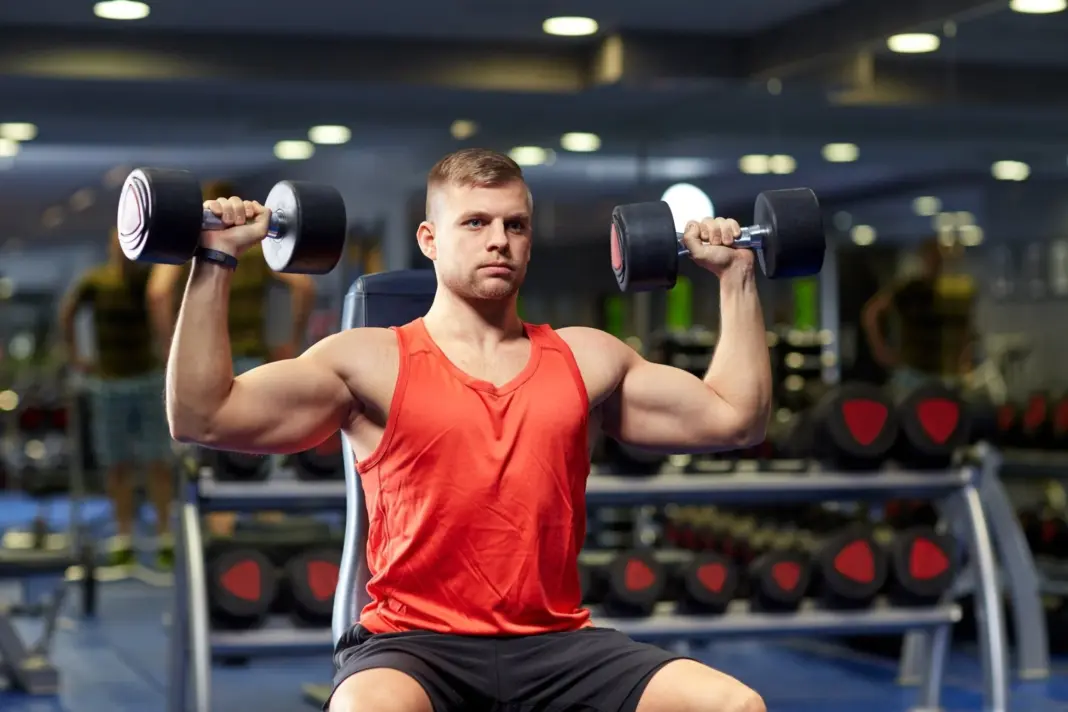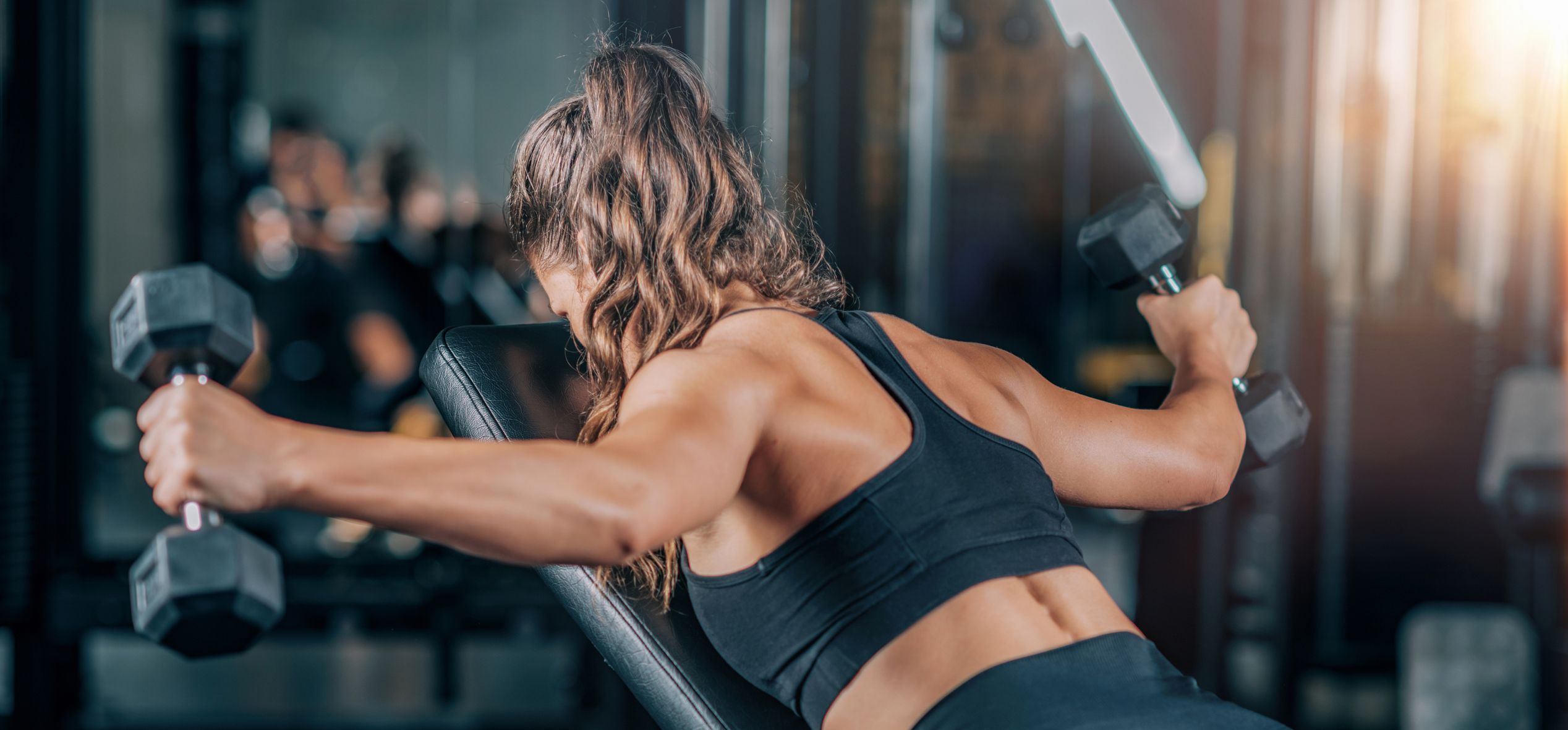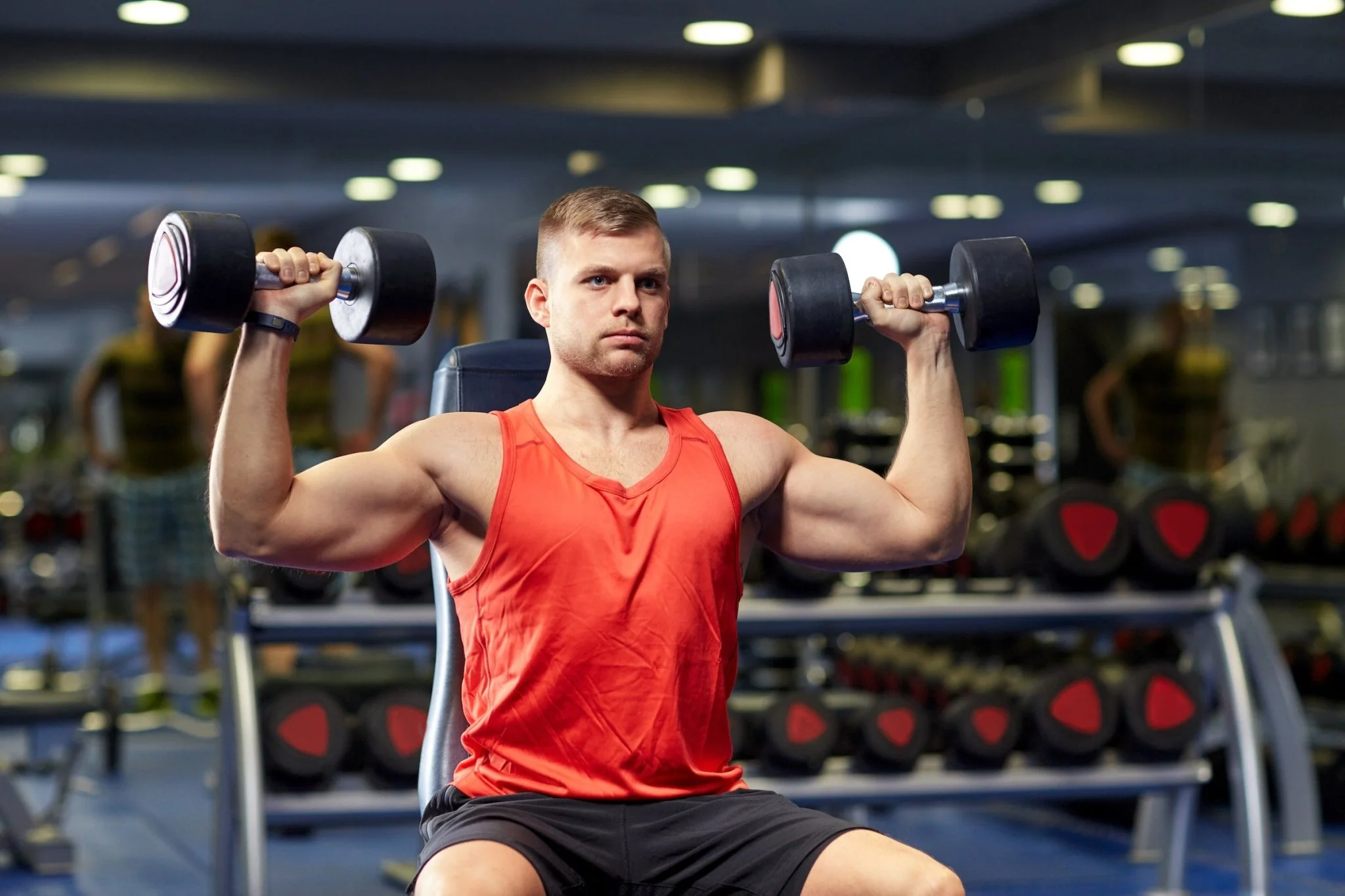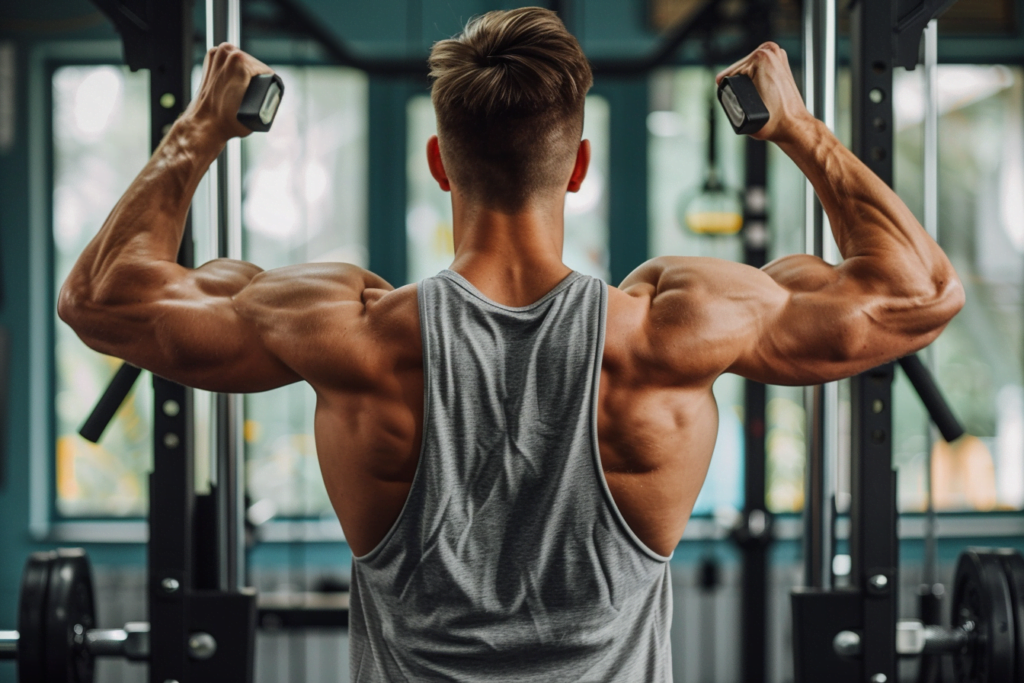Rear Delt Workouts & Training Guide: Build Thick, 3D Shoulders
If you’ve been training seriously for any length of time, you’ve probably noticed a common pattern in most gyms: lifters hammering their bench press, overhead press, and endless variations of lateral raises.
The front and side delts get plenty of love. But the rear delts (posterior deltoids)? Often ignored, under-trained, or simply tagged on at the end of a session with a half-hearted set of reverse flys.
That’s a big mistake. Weak or flat rear delts don’t just hold back your physique—they hold back your performance, your posture, and your injury resilience.
As a bodybuilder who’s spent years fighting to bring up lagging shoulders, I can tell you: rear delt development is the difference between average shoulders and true 3D, stage-ready delts. This guide will break down why they matter, how to train them, the best exercises, and full workouts you can use right away.
Why Rear Delts Matter
Aesthetic Balance
Rear delts complete the shoulder cap. Without them, your shoulders look flat and narrow from the side and lack depth from the back. Well-developed rear delts give you that coveted “3D look”—rounded delts that pop from every angle.
Performance & Strength
Your rear delts are critical in stabilizing the shoulder joint during pressing and pulling. Heavy rows, overhead presses, and even bench presses rely on rear delt support. Neglect them, and you’ll limit your pressing strength.
Posture & Joint Health
Modern life—sitting at desks, phones, forward-rolled shoulders—creates a constant pull toward poor posture. Rear delt training counteracts this by pulling the shoulders back, improving posture, and reducing the risk of shoulder impingement or rotator cuff injuries.
Bottom line: If you want aesthetics, performance, and healthy shoulders for the long haul, you can’t skip your rear delts.
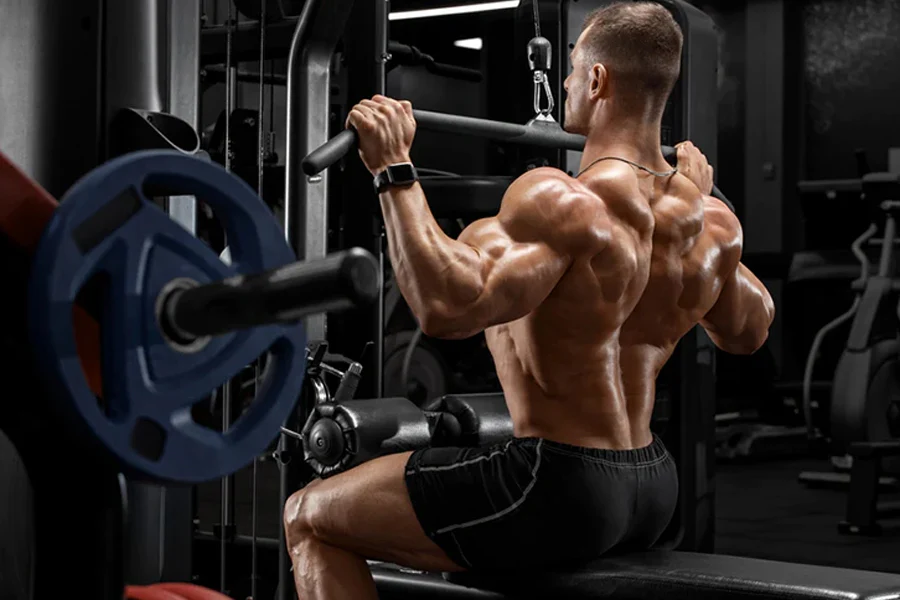
Why Rear Delts Lag Behind
Even with the best intentions, rear delts often fall behind. Here’s why:
- Front-dominant training bias: Bench press, dips, push-ups, and overhead press all hammer the front delts repeatedly.
- Back-dominant pulling bias: Rows and pull-ups load the lats and traps more than the rear delts.
- Mirror muscle obsession: You see your chest, arms, and front delts every time you look in the mirror—but not your rear delts. Out of sight, out of mind.
- Technical mistakes: Poor elbow positioning in rows or sloppy fly form often shifts tension away from the rear delts.
The fix? Targeted programming that combines both compound and isolation work while managing volume and recovery.
The Rear Delt Training Pillars
When it comes to rear delt programming, there are three pillars every lifter should master:
Compound Work for Density & Strength
Movements like wide-grip rows, face pulls, and neutral-grip pull-ups bring heavy loading to the rear delts alongside other back muscles. Compounds build overall density and give you the strength foundation to push harder on isolations.
Isolation Work for Hypertrophy & Shape
Rear delt flys, reverse pec deck, and cable crossovers let you lock in pure tension on the posterior delts. Isolation lifts are crucial for hypertrophy because they remove the traps and lats from the equation.
Smart Programming for Balance
Most lifters already overload their front delts. Your goal with rear delt training is balance—so volume and frequency should often favor the posterior head. For many bodybuilders, that means twice per week dedicated rear delt focus.
Best Rear Delt Exercises
Free Weight Staples
- Bent-Over Rear Delt Fly (Dumbbells)
- Setup: Hinge at the hips, dumbbells hanging.
- Execution: Raise arms in a wide arc, elbows slightly bent.
- Cue: Lead with elbows, not hands.
- Rep Range: 12–15.
- Incline Rear Delt Fly (Chest-Supported)
- Eliminates momentum, keeps tension squarely on the delts.
- Rep Range: 15–20.
- Rear Delt Row (Elbows Flaring Out)
- Heavier loading than a fly.
- Rep Range: 8–12.
Cables & Machines
- Reverse Pec Deck
- Fixed path removes momentum.
- Perfect for high-volume hypertrophy work.
- Cable Rear Delt Fly
- Constant tension throughout.
- Adjustable angle for shoulder mechanics.
- Face Pull (Rope Attachment)
- Rear delts + traps + external rotators.
- Use external rotation at the end for maximum activation.
Advanced Finishers
- Power Partials (Heavy Cheat Raises) – Overload rear delts with shortened range, 20–30 reps.
- Band Pull-Aparts – High-rep pump finisher, easy to recover from.
Sample Rear Delt Workouts
Pull Day (Push/Pull/Legs Split)
- Wide-Grip Barbell Row – 4×8
- Neutral-Grip Pull-Ups – 3×AMRAP
- Rear Delt Cable Fly – 3×15
- Reverse Pec Deck – 3×12
Shoulder Specialization Day
- Arnold Press (Reverse Emphasis) – 3×10
- Dumbbell Rear Delt Fly – 3×15
- Face Pull – 3×12
- Power Partials – 2×20
Home Training (Minimal Equipment)
- Bent-Over Rear Delt Fly – 4×15
- Rear Delt Row – 3×12
- Band Pull-Aparts – 3×20+
Training Tips for Rear Delt Growth
- Control Your Elbow Path
Rear delts respond best when the elbows move “out and back,” not “up and down.” This keeps traps and lats out of the equation. - Don’t Overload With Momentum
Rear delts are a small muscle. Swinging dumbbells defeats the purpose. Use controlled tension and focus on contraction. - Prioritize High Volume
Rear delts thrive in the 12–20 rep range with multiple sets. Think time under tension, not max load. - Train Them Early if They Lag
If your rear delts are behind, don’t wait until the end of your workout when you’re fatigued. Hit them earlier in your back or shoulder session. - Use Variety for Full Development
Mix free weights, cables, and machines. Each provides a unique stimulus:
- Dumbbells = freedom of movement.
- Cables = constant tension.
- Machines = stability for failure work.
Programming Strategies by Training Level
Beginners
- Start with 1–2 isolation lifts per week.
- Focus on form and mind-muscle connection.
- 6–8 total weekly sets is enough.
Intermediate Lifters
- Add 2 compound and 2 isolation moves weekly.
- Aim for 10–12 weekly sets.
- Start rotating dumbbell, cable, and machine variations.
Advanced Bodybuilders
- Prioritize rear delts as a weak point with higher frequency (2–3x per week).
- Use intensity techniques: drop sets, partials, rest-pause.
- Push volume to 12–15+ weekly sets.
Practical Takeaways
- Rear delts are the key to 3D shoulders—don’t neglect them.
- Compounds build density, isolations build shape.
- Prioritize rear delt work twice per week if they lag.
- Stay strict with form—rear delts respond best to controlled tension.
- Progress both strength (via rows/face pulls) and hypertrophy (via flys/pec deck).
Conclusion
If your shoulders lack roundness, if your pressing stalls, or if your posture suffers, the missing link is almost always the rear delts. Most lifters have strong front delts and chest, but their posterior delts are paper-thin in comparison.
The fix isn’t complicated. Combine compounds for strength and density with isolation for hypertrophy and shape. Prioritize volume, keep your technique strict, and treat your rear delts as a true priority muscle group rather than an afterthought.
Over time, you’ll notice more than just fuller, 3D shoulders—you’ll press stronger, row harder, and carry yourself with better posture both in and out of the gym.
Train your rear delts like your chest or arms, and they’ll finally grow to match.

